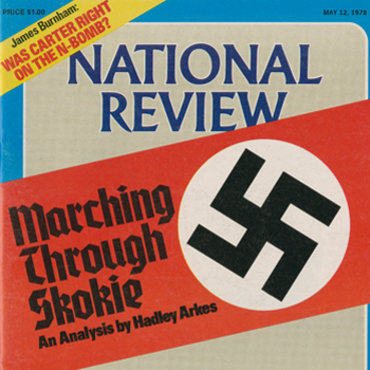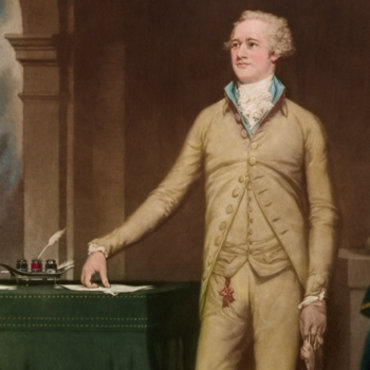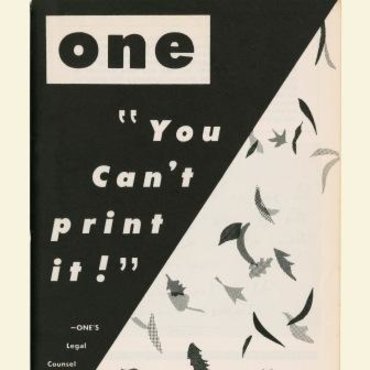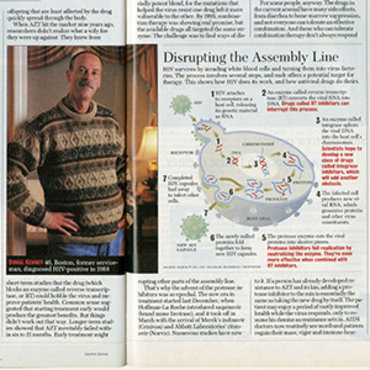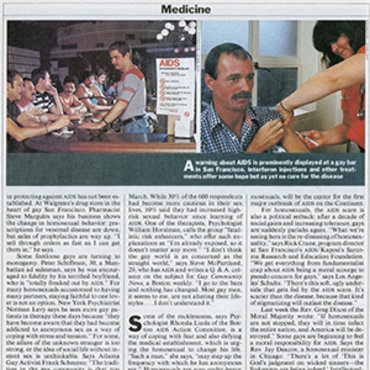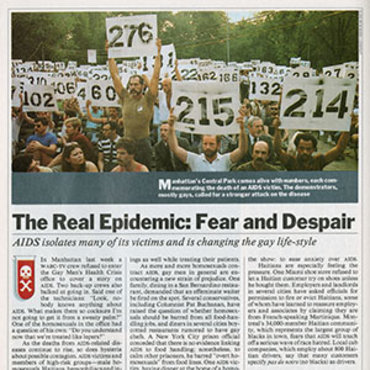
Lesson Plan
Free Speech Essentials: Critical Debates
This lesson can be used with any of the case studies in our Free Speech Essentials EDCollection.
Get even more great free content!
This content contains copyrighted material that requires a free NewseumED account.
Registration is fast, easy, and comes with 100% free access to our vast collection of videos, artifacts, interactive content, and more.
Sign Up
?
NewseumED is provided as a free educational resource and contains copyrighted material. Registration is required for full access. Signing up is simple and free.
With a free NewseumED account, you can:
- Watch timely and informative videos
- Access expertly crafted lesson plans
- Download an array of classroom resources
- and much more!
Duration
30-60 minutes
Topic(s)
- Constitution
- Current Events
- Journalism
- Religious Liberty
Grade(s)
- 7-12
- College/University
- Select a Critical Debate from the Free Speech Essentials EDCollection below. Review the case study and the corresponding background information.
- Distribute copies of the debate case study to your students. Do NOT reveal the background to your students until after they have completed their debate. Read the scenario as a class and discuss it to make sure that students understand what the controversy is and why it has arisen.
- Break the class into small groups and either assign or allow them to pick a debate position. Give each group a copy of the Organizing Evidence worksheet and allow approximately 30 minutes for the groups to complete it by coming up with their arguments and looking at the online artifact gallery of sources (on the Critical Debate webpage) and gather evidence. Be sure to tell your students to look at the captions for the artifacts for clues to what they contain and which positions they might support.
- Give each group a copy of the Presenting Your Position worksheet and allow approximately 10 minutes for the groups to organize how they will share their arguments; then have each group present to the class.
- Talk about the various positions and arguments using the questions on the case study to prompt discussion and debate among the groups. Attempt to arrive at a class consensus in support of one position. Questions to guide the debate:
- Which position has the most arguments and evidence to back it up?
- Which arguments do you think are the strongest? Why? (Consider how much evidence backs them up, how likely they are they to persuade someone new to this issue, etc.)
- What would be the immediate and long-term impacts of taking this position?
- How would this position affect the people directly involved in this issue? What precedents would it set for the future or for people beyond this specific situation?
- Explain what happened in the real-life scenario using the background information and have a wrap-up conversation using the following questions.
- How did the First Amendment play a role in sparking and/or resolving this controversy?
- Which group in your class debate had the strongest arguments? Why?
- Which position won out in real life? Do you agree with this outcome? Do you think it would have the same outcome if similar events took place today? Why or why not?
- What other current or historical issues does this situation remind you of?
- Copies of the selected Critical Debate case study from the Free Speech Essentials EDCollection (download from the selected Critical Debate webpage), one per student
- Organizing Evidence and Presenting Your Position worksheets (in lesson plan download), one per small group
- Background for selected Critical Debate (download from the selected Critical Debate webpage), for teacher
- Access to the online artifact gallery of print and visual sources for your selected case study

Free Speech Essentials: The Foundations of Our Freedoms
Free Speech Essentials: The Foundations of Our Freedoms
-
Common Core State Standards: CCSS.ELA-LITERACY.CCRA.R.1
Read closely to determine what the text says explicitly and to make logical inferences from it; cite specific textual evidence when writing or speaking to support conclusions drawn from the text. -
Common Core State Standards: CCSS.ELA-LITERACY.CCRA.R.7
Integrate and evaluate content presented in diverse media and formats, including visually and quantitatively, as well as in words. -
Common Core State Standards: CCSS.ELA-LITERACY.CCRA.SL.1
Prepare for and participate effectively in a range of conversations and collaborations with diverse partners, building on others' ideas and expressing their own clearly and persuasively. -
Common Core State Standards: CCSS.ELA-LITERACY.CCRA.SL.2
Integrate and evaluate information presented in diverse media and formats, including visually, quantitatively, and orally.
-
ISTE: 3b. Knowledge Constructor
Students evaluate the accuracy, perspective, credibility and relevance of information, media, data or other resources.
-
National Center for History in the Schools: NCHS.Historical Thinking.3
A. Compare and contrast differing sets of ideas. B. Consider multiple perspectives. C. Analyze cause-and-effect relationships and multiple causation, including the importance of the individual, the influence of ideas. D. Draw comparisons across eras and regions in order to define enduring issues. E. Distinguish between unsupported expressions of opinion and informed hypotheses grounded in historical evidence. F. Compare competing historical narratives. G. Challenge arguments of historical inevitability. H. Hold interpretations of history as tentative. I. Evaluate major debates among historians. J. Hypothesize the influence of the past.
-
National Council of Teachers of English: NCTE.6
Students apply knowledge of language structure, language conventions (e.g., spelling and punctuation), media techniques, figurative language, and genre to create, critique, and discuss print and non-print texts.
-
Center for Civic Education: CCE.II
A. What is the American idea of constitutional government? B. What are the distinctive characteristics of American society? C. What is American political culture? D. What values and principles are basic to American constitutional democracy?





